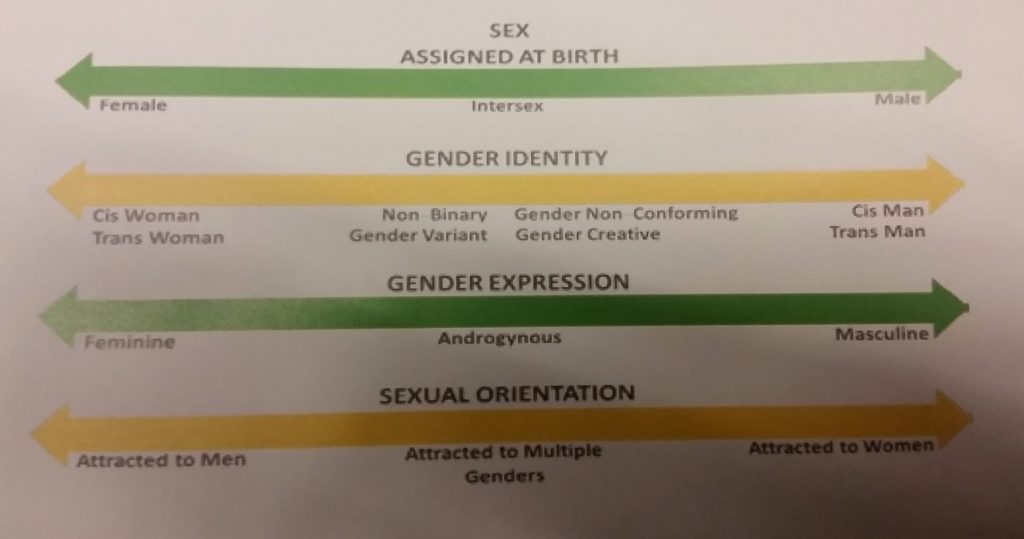Aside from the actual human drama, we had some work to do at Council on Monday, and a pretty detailed Agenda.
We started with a single Report for Action:
618 Carnarvon Street: First and Second Readings of Zoning Amendment Bylaw and Three Readings of Road Closure Bylaw for Portion of Clarkson Street
This is a high-rise mixed-use development project in the part of Downtown designated as the Tower Precinct. The building would be 33 stories high with 253 units, including a mix of Townhouse and two- and three-bedroom units that exceed the City’s Family Friendly housing policy. Part of it would be built over the SkyTrain line where it emerges from under Sixth Street, and ground-based retail on the Sixth Street side would include a public “parklet” area. A thin strip of the Clarkson Street road allowance would have to be transferred in order to build the encapsulation of the tracks.
This project has been in the works for some, and has been through neighbourhood open houses, Design Panel, Residents Association and APC review. The required Zoning Amendment will require a Public Hearing, the date of which will be set once design approval from TransLink for the SkyTrain encapsulation is received. I’ll reserve my comments until after the Public Hearing.
The following items were Moved on Consent:
Designations to the Acting Chief Financial Officer
There are some staffing changes coming in our Finance Department, and the role of “Chief Financial Officer” has some regulatory duties, meaning they can do certain things like sign regulatory documents for the City. We need to make sure this authority is well defined and an actual person who works for the City has this authority during the anticipated transitions. Hence, this temporary designation.
Acting Mayor Schedule 2017-2018
When the Mayor is out of town or otherwise occupied, someone has to be able to sign documents, declare emergency, or operate the weather machine on behalf of His Worship. The rest of council shares this responsibility evenly, taking two months each every year. Once again, I’m in for March and August. Get your weather requests in early.
Recruitment 2018: YAC Appointments
People applied for the Youth Advisory Committee, and we let them in! First meeting is next week! As Council Representative to the YAC, I look forward to another year of feeling old and uncool, but being inspired by the youth that get involved in this City.
Recruitment 2017: SAC and NTAC Appointments
These are two Council Advisory Committee positions that are filled by other organizations, as they send member to represent their organization at the committee. Council still needs to approve them, though, so we did.
Parks and Recreation Fees and Charges Bylaw Amendments
Every year we adjust Parks and Recreation fees to keep up with inflation, changes in program costs, or to keep in line with what other cities are doing. Most of these changes are small, except the fees for groups using natural turf fields. We have not been charging while the surrounding cities have, meaning most users are now groups from other cities avoiding local fees. This fee increase better reflects the cost of maintaining grass fields, and should result in more equitable use of City resources. Council moved ot give the new Fee Schedule Bylaw three readings.
640 and 616 Sixth Street: Rezoning and Development Permit Application for Mixed use Development – Preliminary Report
Unless I miss my guess, this is the high-rise building application for Uptown since the Viceroy was approved back in 2011. Early days yet for this application (this is only a preliminary report), and much Public Consultation to come as it works its way towards a potential Public Hearing. So I’ll save my comments until it moves through the process.
312 Fifth Street: Proposed Heritage Revitalization Agreement – Preliminary Report
318 Fifth Street: Proposed Heritage Revitalization Agreement – Preliminary Report
These are two side-by-side (but unrelated) projects on the edge of Queens Park. Both houses are protected under the Heritage Conservation Area, but the owners are suggesting adding higher protection (through Heritage Restoration Plans and Designation) in exchange for some variances to allow laneway homes. Again, preliminary reports, Public Hearings to come, so I’ll hold my comments until the public has a chance to chew on the projects a bit.
The following items were Removed from Consent for Discussion:
800 Columbia Street: Report for Consideration of First and Second Reading of Zoning Amendment Bylaw No. 7946, 2017 to allow a liquor Primary Licensed Premises
The business planning to re-activate the old CPR station at the foot of Eighth Street wishes to run a food primary (restaurant) on the main floor, with a smaller liquor primary (pub/lounge) on the top floor. This will require a Zoning Amendment. That requires a Public Hearing which will happen on November 27th.
630 Ewen Avenue: Development Permit – Consideration of Issuance
Council moved to approve the DP for this small affordable housing project in Queesnborough. It will be a five unit townhouse development on land owned by the City, but leased to a not-for-profit operator called Women in Need Gaining Strength (WINGS). This project will provide independent family housing that will be affordable and designed for single mothers and their children, in support of WINGS’ mandate. I’m happy the City can help make this project a reality and do a little part to fill a huge need in our region.
231 Twelfth Street (Gas Works Building): Removal from the Heritage Registry
The semi-demolished Gas Works building needs to be removed from the City’s Heritage Registry, so it can be demolished the rest of the way and the province can get on with cleaning up the site. It was one of the oldest industrial buildings in BC, but the combination of decades of neglect and extensive heavy metal contamination make restoration and preservation prohibitive. We may have had a chance to save the Gas Works, but it probably had to happen more than 20 years ago.
Queen’s Park Heritage Conservation Area: Work Plan
After the Heritage Conservation Area was adopted by Council, there are a bunch of tasks we left on staff’s table, this report provides a timeline and strategy to get those tasks done. This includes amending the maintenance standards bylaw (to prevent demolition-by-neglect), development of incentive packages to both boost conservation and to allow infill density where appropriate, and evaluating specific approaches for “Special Limited” houses – smaller houses on smaller lots where the standards suite of incentives may not be applicable. Council approved a 2-year multi-phase work plan, and reiterated our commitment to a formal public Policy Review two years after implementation.
Assessment of Water Conservation Measures and Residential Metering
This is a hangover from the protracted drought we had two summers ago, and a public delegation we had asking the City to do more on the water conservation front. Although we had a pretty low-stress summer season this year, never moving past Stage 1 water restrictions, the City is moving forward on a few fronts. There will be more enforcement of lawn watering restrictions, there will be some new incentives for those installing water-conservation measures in their home, and the City will be ramping up audits of water efficiency in our own buildings.
The business case for universal metering is not well supported (most of our water is already metered, and the cost of implementing for the other 30% is challenging – potentially raising rates for everyone), however, Staff is going to do some more work on this, including doing some data collection on meter-ready houses that are currently charged flat rates, so we can better understand a rate structure we would need to implement if we go that way.
That said, Metro Vancouver’s water utility is doing a study right now, and will be providing a report in the spring of 2018 on universal metering – although it is not certain yet if they will mandate it, or how they envision it working. The work being done by staff right now will hopefully dovetail well into that study. As much as we can, we are getting ready for what we don’t know is coming!
2016 Corporate Greenhouse Gas Emissions Update
The City set the goal in 2008 to reduce out GHG emissions to 15% below 2007 levels by 2017. Until this year, it looked like we were on track. Now, it looks like we are going to miss the target. Our buildings, lighting, and utility GHG emissions are all on or ahead target, but out vehicle fleet has suddenly fallen behind.
The short-term spike we see in fleet emissions that is so challenging our target can be blamed on changes to our solid waste fleet and the extraordinary efforts put in for snow management and removal due to last year’s horrible winter. However, that is more the obvious symptom that the root cause – we are simply not shifting our fleet over to lower-carbon or zero-carbon vehicles fast enough. The technology is shifting fast, from biodiesel to electric vehicles, even for heavier vehicles, but the capital required for us to catch up and replace our fleet is obviously a challenge.
As we are approaching the end of our 10-year GHG plan, it is time for us to start planning for decade ahead. Our goals should be based on doing our part towards the nation’s Paris Agreement commitments, although as a built-out compact urban community, a City like New Westminster arguably has to do more than the “average” for local governments. We are going to start by reviewing our Fleet policy, as the 2011 one is clearly missing the mark.
228 and 232 Sixth Street (La Rustica): Revised Submission – Preliminary Report
The old La Rustica restaurant has been boarded up for a couple of years, but it is a challenging site to develop, with some proximity issues on the lot and grade concerns. A new design team is now taking another shot at the design. Again, this project will be going through consultations and a Public Hearing before any final approvals are given, so I’ll save my comments until then.
Zoning Amendment Bylaw: Accommodation for Youth in Foster Care and Youth Aging out of Foster Care – Bylaw for First and Second Readings
Aging out of care is one the leading causes of homelessness in British Columbia. Few of us can understand the pressures of transitioning to adulthood at the same time that your family and community supports are cut off. It is a trap that is hard to escape, except for the hard work of a few support agencies that do their best to provide housing and guidance at that critical time.
Turns out or zoning makes it difficult for agencies like this operate in our community. Staff have identified this barrier and provided us a pathway to amend our zoning to allow them there organizations to work legally in our City. Council moved to give this amendment first and second reading, and a Public Hearing will happen on November 27.
We also read through the following Bylaws,:
Zoning Amendment Bylaw (618 Carnarvon Street) No. 7949, 2017
This Bylaw to support the development of a mixed-use highrise in Downtown, as described above, was given two readings. The date of the Public Hearing has not yet been set, as the proponent needs to work with TransLink over the SkyTrain track enclosure.
Zoning Amendment Bylaw (800 Columbia Street Liquor Primary Licensed Premises) No. 7946, 2017
This Bylaw to support the operation of a restaurant and pub in the old CPR Station, as described above, was given two readings. The Public Hearing will be on November 27th. C’mon out and tell us what you think.
Road Closure and Dedication Removal (Clarkson Street) Bylaw No. 7950, 2017
This Bylaw permits the closure and sale of a narrow piece of Clarkson Street adjacent to the SkyTrain line to allow an encapsulation of the tracks. It was given Three Readings.
Parks and Recreation Fees and Charges Bylaw Amendment Bylaw No. 7955, 2017
The Bylaw supporting the annual rate adjustment for Parks and Recreation facilities and programs (as described above) was given three readings.
Zoning Amendment Bylaw (Youth in Foster Care) No. 7937, 2017
This Bylaw to amend our zoning Bylaw and facilitate aging-out-of-care supports in our community (as described above) was given two readings. The Public Hearing will be on November 27th. C’mon out and tell us what you think.
Zoning Amendment (43 Hastings Street Affordable Housing Project) Bylaw No. 7923, 2017
This Bylaw to support the development of an Affordable Housing project at the east end of Downtown was Adopted. I’m really glad to see this moving forward with support of the community.
Taxation Exemption and Exempt Properties Bylaw No. 7945, 2017
This Bylaw formalizing our list of property tax exempted properties was adopted.
Finally, reflecting the joy and sadness of the day, we had an emotional rollercoaster of an Open Delegation session. Some inspirational ideas, some challenging questions, and some pretty inappropriate comments by people who probably don’t know better. Altogether, it was an emotional night for many of us, and I can’t say I went home in a good mood. Lots of work to do.




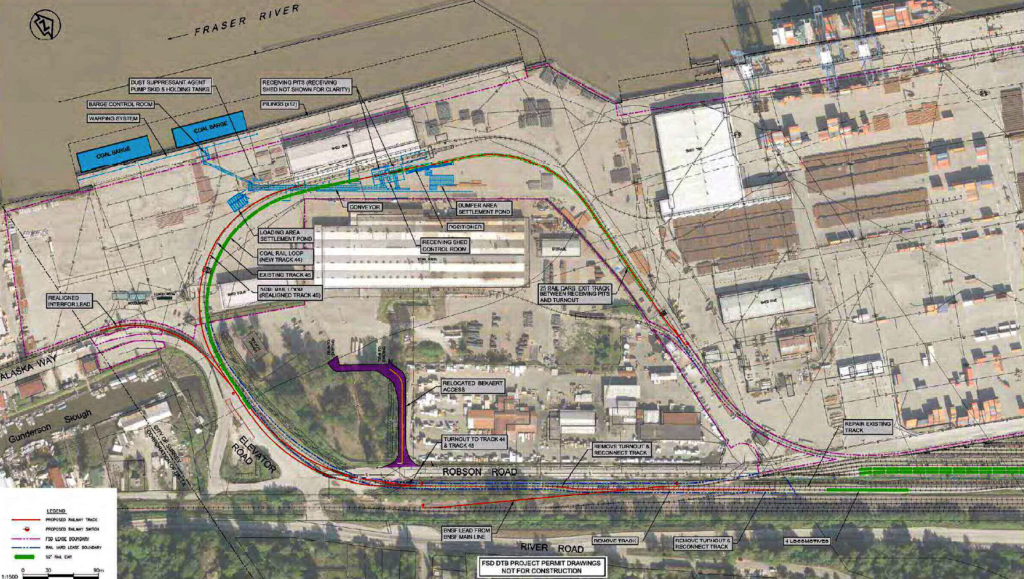


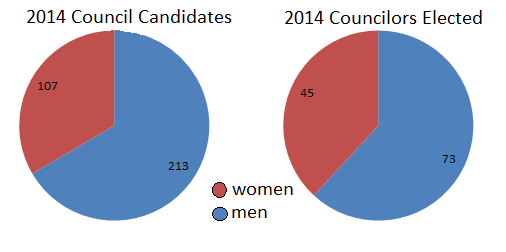 For Council, 33% of candidates were women, and 38% of those elected were women.
For Council, 33% of candidates were women, and 38% of those elected were women.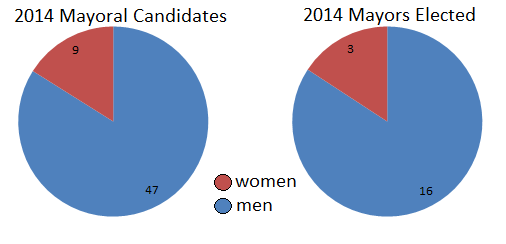 For Mayor, 16% of candidates were women, and 16% of the winners were women. Perhaps more tellingly, there was a woman on the mayoral ballot in only 7 of 19 communities (three were elected).
For Mayor, 16% of candidates were women, and 16% of the winners were women. Perhaps more tellingly, there was a woman on the mayoral ballot in only 7 of 19 communities (three were elected).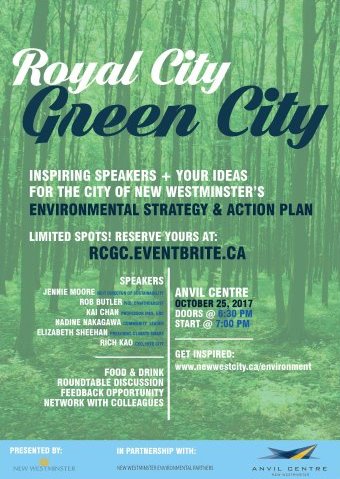
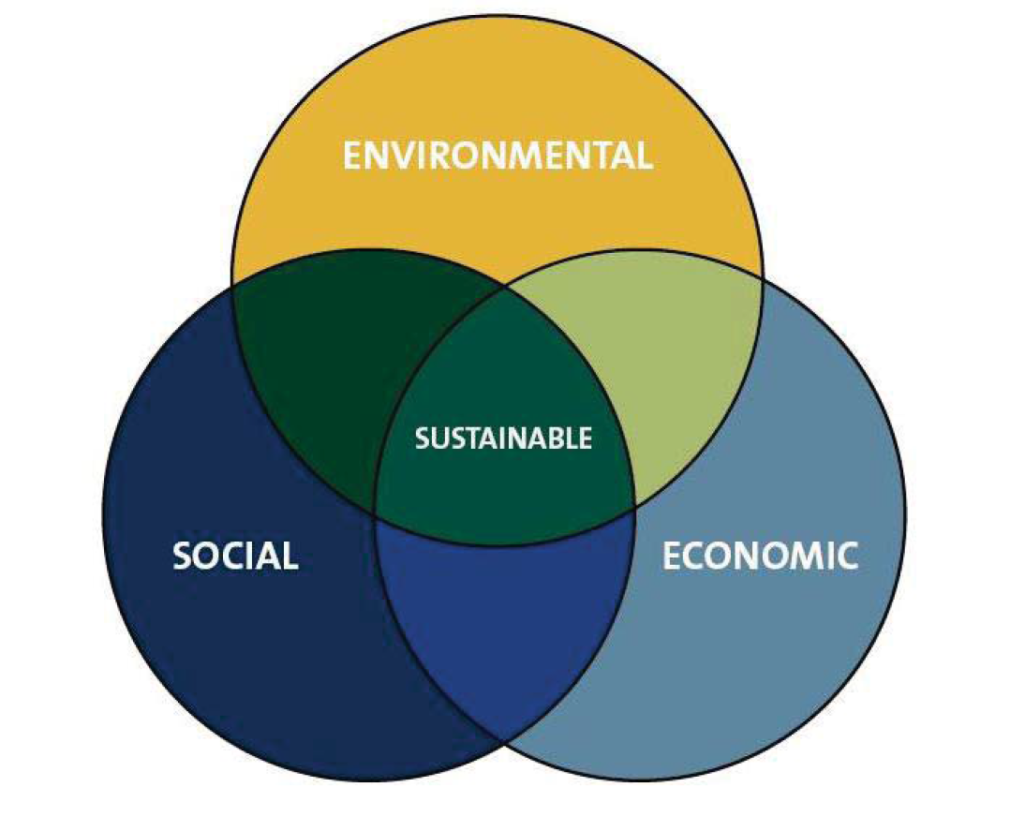
 Actions, technologies, and organizations impact our economy, which in turn shape our society, which in turn impact the greater natural environment. When we shape policies, when we evaluate the worth of technology or price individual actions, we are using economic tools to adjust the shape of our society. If that re-shaping supports the protection of the natural environment in a way that doesn’t constrain future societies from access to natural resources, then we can call those actions “sustainable”.
Actions, technologies, and organizations impact our economy, which in turn shape our society, which in turn impact the greater natural environment. When we shape policies, when we evaluate the worth of technology or price individual actions, we are using economic tools to adjust the shape of our society. If that re-shaping supports the protection of the natural environment in a way that doesn’t constrain future societies from access to natural resources, then we can call those actions “sustainable”.